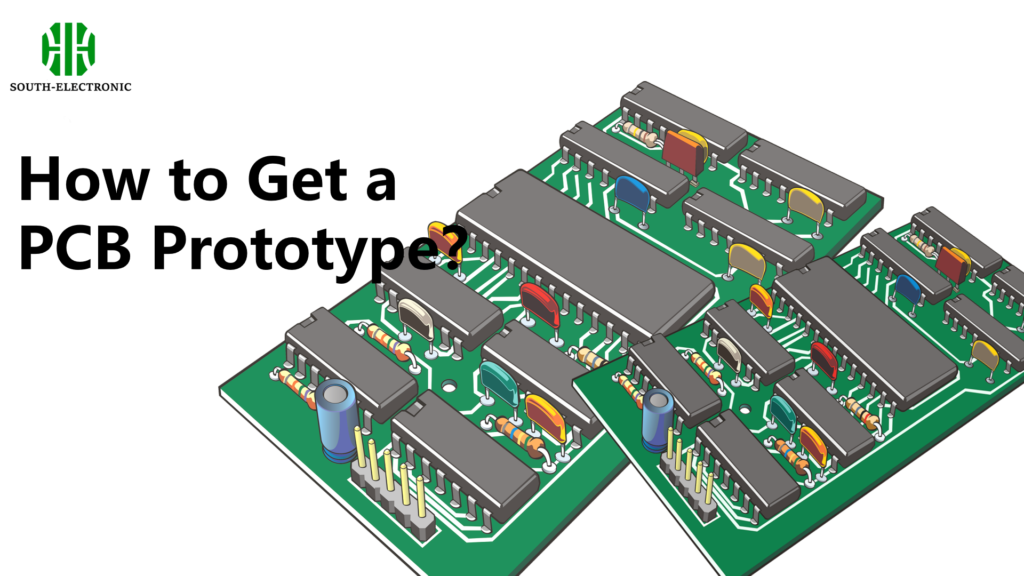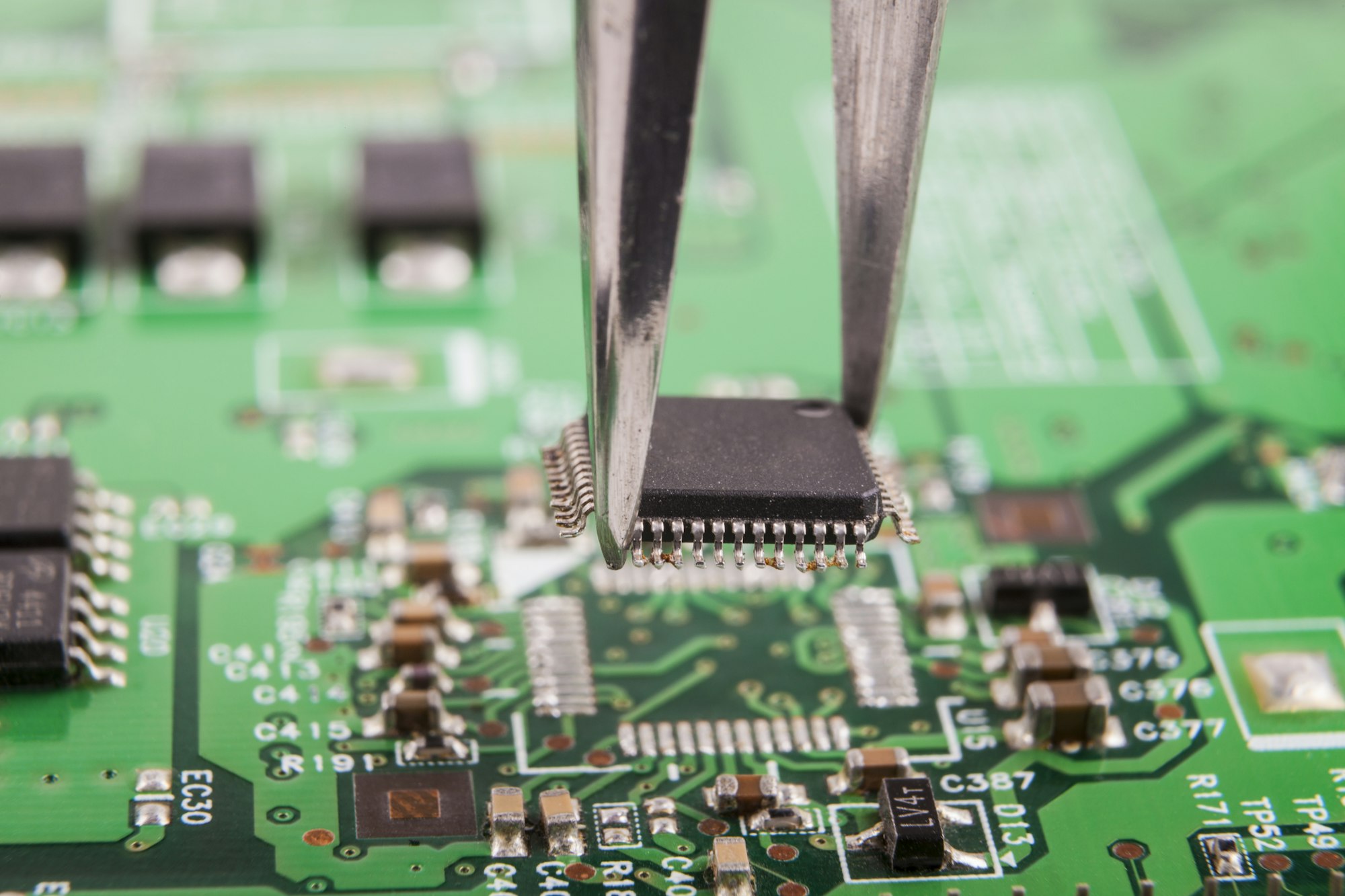How to Get a PCB Prototype?
- Design Your Circuit: Utilize PCB design software to create your circuit layout. Tools like Autodesk Eagle or Altium Designer are popular choices among professionals and hobbyists alike.
- Select a Manufacturer: Choose a PCB manufacturer based on their capabilities, costs, and the technical support they offer. Websites like PCBWay and JLCPCB provide easy-to-use platforms where you can upload your design files and receive a quote.
- Review and Approve: Before the manufacturing process starts, review your design for any potential errors and approve the final prototype for production.
PCB Prototyping Process
- Design and Simulation: Design the circuit using CAD software and simulate it to check for any issues.
- Layout and Review: Convert the schematic into a PCB layout and review the design to ensure it meets all specifications.
- Prototype Manufacturing: Produce a small batch of PCBs to test the design.
- Assembly and Testing: Assemble the components on the board and conduct tests to verify functionality and identify any necessary adjustments.
- Final Verification: Make any final tweaks based on testing, then verify that the prototype meets all design requirements.
- Documentation and Production Transition: Document the design process and results, preparing for transition to mass production.
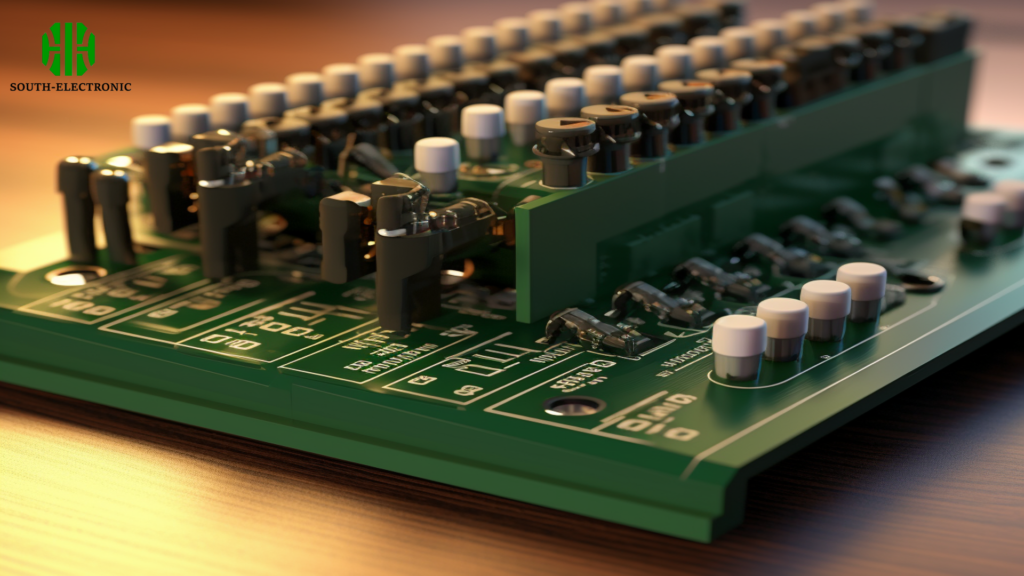
Where to Find PCB Prototype ?
Several online platforms can help you quickly get your PCB prototype made. Some popular options include:
- South-Electronic: Known for rapid, quality PCB prototyping and personalized customer support.
- PCBWay: Known for its rapid turnaround and extensive support for different PCB types.
- JLCPCB: Offers competitive pricing and quick services for small batch PCB production.
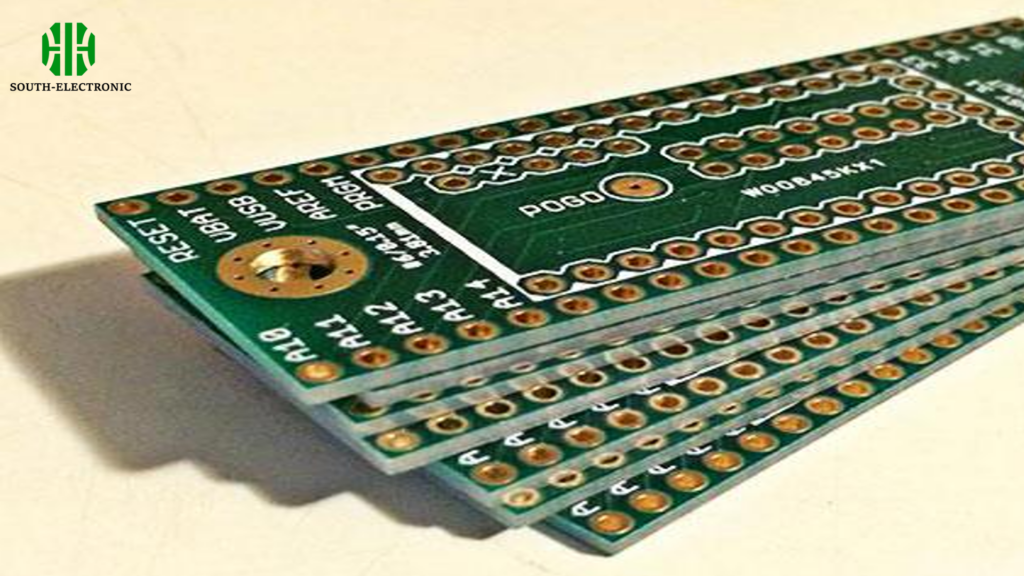
Advantages of PCB Prototypes
PCB prototypes bring numerous benefits, especially in complex electronic device developments:
- Testing and Validation: Prototypes allow for functional testing and error checking before mass production, significantly reducing the risks of costly post-production issues.
- Design Improvements: They provide the opportunity to identify and rectify design flaws.
- Cost Efficiency: Early error detection and incremental improvements help in avoiding the high costs associated with full-scale production errors.
Disadvantages of PCB Prototypes
Despite their advantages, PCB prototypes come with certain drawbacks:
- Upfront Costs: The initial cost of developing prototypes can be high, especially for more complex boards.
- Time Consumption: The process of designing, producing, and testing PCB prototypes can be time-consuming, potentially delaying the overall project timeline.
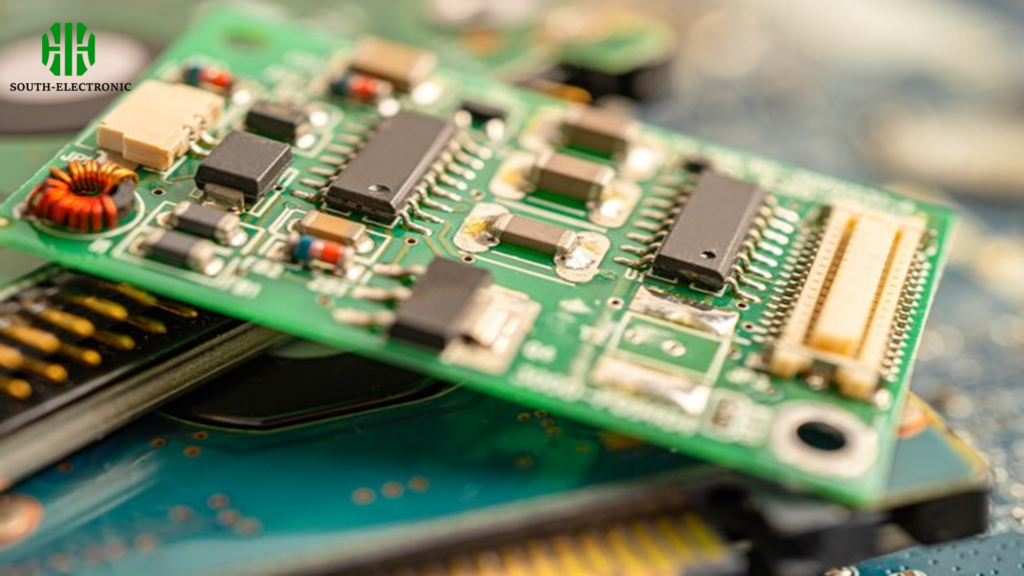
How Much Does a PCB Prototype Cost?
The cost of PCB prototypes can vary widely based on several factors:
- Design Complexity: More complex boards with higher component density or finer features often cost more.
- Materials Used: The type of materials used in the PCB can affect the price, with high-performance materials commanding a premium.
- Quantity: Ordering a higher quantity of prototypes can reduce the cost per unit due to economies of scale.
Conclusion
As you move forward with your PCB prototyping project, remember that the right tools, partners, and a detailed approach can streamline the process and enhance the final product. Ready to turn your designs into reality? Let’s get started!

